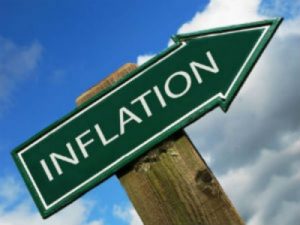Sticky Inflation:

Sticky inflation has dashed the hopes of early rate cuts with experts now pencilling in repo rate cuts by the RBI from December this year. Economists expect a shallow rate cut cycle with RBI likely to lower the repo rate by 75 – 100 basis points.
- Sticky Inflation refers to a phenomenon where prices do not adjust quickly to changes in supply and demand, leading to persistent inflation.
Features of sticky inflation:
- Prices for goods or services that don’t appear to be coming down anytime soon are considered sticky.
- Rising wages and prices for consumer goods and services are typically the main factors behind inflation stickiness.
- Prices for medical services, education, and housing are some of the most important factors that can contribute to sticky inflation.
- It erodes the purchasing power of consumers and puts pressure on housing affordability.
- It presents challenges for central banks in controlling inflation without causing a recession.
- To address sticky inflation, central banks usually raise interest rates.
- However, raising rates too fast can cause the economy to fall into a recession, while not raising them enough will allow prices to continue increasing.




